More and more video content is being watched now than ever before. According to Statista.com, 85% of all internet users in the United States watch online video content monthly on their devices. 25 to 34-year-olds watched the most online videos, with adult males spending 40% more time watching videos on the internet than females.
The preference for video content is not just limited to entertainment purposes. Video extends to brands as well. Hubspot reports that 54% of consumers want to see more video content from a brand or business they support.
With the increasing demand for video, many industry influencers can be seen to be proactively producing different types of video content in order to meet this rising need.
54% of consumers want to see more video content from a brand or business they support. Click To TweetThe respondents of this survey claimed that video content is in higher demand particularly because people are more likely to pay attention to it. There is a higher tendency to skip parts of audio and written content. For brands to get more of the audience’s attention video is a great way to go.
As a result, it’s no surprise that video is currently one of the most popular ad formats in digital advertising. Programmatic video advertising has made it so marketers and brands can more easily increase their video advertising spend while also lasering in on showing their content to the people most likely to do business with them, making their ad spend more and more optimized.
Today we’d like to talk about what Programmatic Video Advertising is, why you should consider using it, some pitfalls to consider and the different types of advertising options you have at your disposal.
What is Programmatic Advertising?
Programmatic advertising, also called “programmatic marketing” or “programmatic media buying,” refers to the process in which a marketer or brand purchases ad space via an online platform that uses complex algorithms to target ideal customers and deliver relevant ads during their online experience.
Why You Should Consider Programmatic Video Advertising
Before programmatic advertising came into play, ad space was bought and sold by human beings handling ad sales and placement on an ad by ad basis.
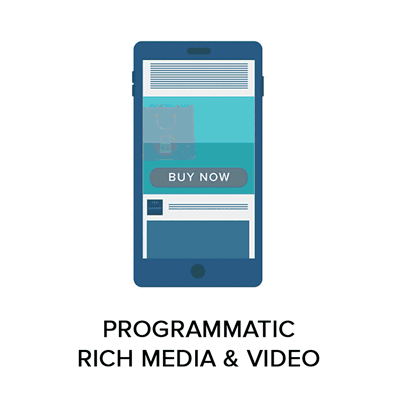
As you can surely imagine, the process was slow and inefficient. It required many meetings and negotiations before an ad could be published online, and if you ever needed to make any changes to an ad whether it be targeting or creative, the change could mean starting the negotiations over from the beginning again.
The way it would work is an advertiser would call a publisher. The publisher, based on advertiser needs and budget would commit to a certain number of impressions for an ad that would be served to a particular target audience that publisher served. If that target audience was a match with the advertiser’s ideal customer (buyer persona), they would purchase that space.
Here’s a quick video from IAB that shows how programmatic works:
The problem is that the number of publishers continued to grow and soon advertisers couldn’t manage the unwieldy list of publishers. Something had to change. Enter the automated world of programmatic media buying platforms.
Programmatic media buying platforms allow brands and marketers to buy ads through an ad exchange. This gives brands and marketers a few distinct advantages.
First, it cuts out the middleman and allows a much more streamlined ad buying process. Second, because of the detailed targeting demographics that are available, it ensures that each impression a brand or marketer gets with their ad buy will be much more targeted and therefore relevant.

Finally, because we are talking about a process that is literally machine to machine, there is no point where the number of publishers can grow beyond the capabilities of the platform. The result is a much larger pool of publisher choices for brands and marketers that want to run ads.
Some Things To Worry About When It Comes To Programmatic Video Advertising
While we’ve detailed some very compelling reasons to consider Programmatic Video Advertising Platforms, as with all things in life, there are some considerations that need to be made when looking at these platforms.
Ad fraud
While it’s clear that Programmatic platforms optimize your ad budget in the most effective manner possible, these platforms are still vulnerable to fraud. Bots can be used to fool the system and artificially drive prices up, resulting in a higher spend.
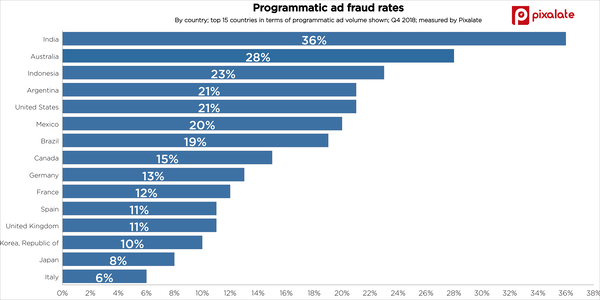
You Don’t Get To 100% Control Where Your Ads Are Shown
If you’re using an ad network, you might not have exact control of where your ad is shown.
This can pose a challenge. The trick here is to be sure to work with an ad network that has a diverse portfolio so you have the maximum chances of being able to effectively target your ideal customers.
Different Platforms Have Different Reporting Standards
This again is another issue where you have to be okay with giving up a little control.
Make sure you know exactly how your ad network is collecting and reporting ad performance data. If you don’t have a clear grasp on this, you may end up analyzing data incorrectly, impacting the effectiveness of your campaigns.
Types of video ads
So now that we’ve looked at the advantages and potential disadvantages to programmatic video advertising platforms, let’s take a look at the different types of video ads you have at your disposal when planning your campaign.
In-stream Videos
Anyone that has spent even a second on YouTube should be familiar with what In-stream videos are. There are three main types of In-stream videos. There are pre-roll, mid-roll, and post-roll videos.
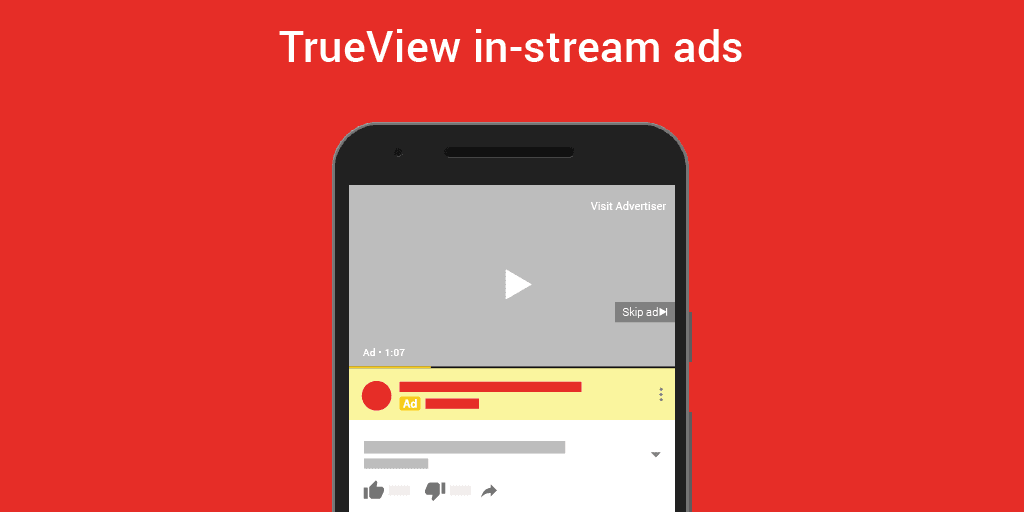
Pre-Roll Videos
In-stream ads are the ones that play before you start a video. They run anywhere from 15-30 seconds generally. They could be longer if they have a link the viewer can click to skip the ad after it’s run for at least 15 seconds.

Mid-Roll Videos
These are video ads that run in the middle of a piece of video content. Think of it as similar to a TV commercial that runs in the middle of a traditional television show.
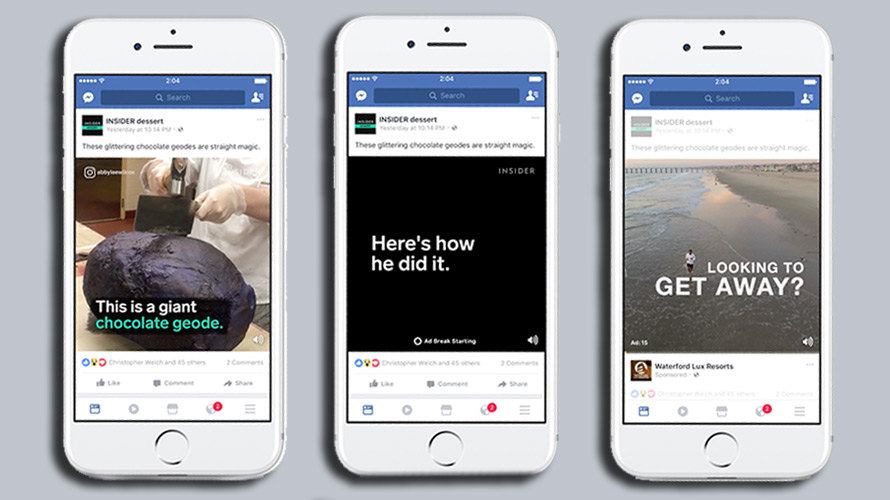
Post-Roll Videos
These are video ads that run at the end of a piece of content. In this example, you’ll see a yellow blip at the end of the video’s progress bar. That vid

Out-Stream Videos
Out-stream video ads are ads you see in the middle of online articles. While some people hate this form of advertising, feeling like it clutters the content they are trying to read, this ad format is important because it gives you more options for ad placement.
Here’s a more in-depth look at Out-stream differs from In-stream video ads:
Rather than having to depend solely on running your video ads inside of video content, out-stream video ads give you many more internet properties you can use to run ads.
In-Display Videos
An in-display ad is a YouTube video ad format that appears in search results, related videos, watch pages and Google Display Network sites as a thumbnail image and promotional text.
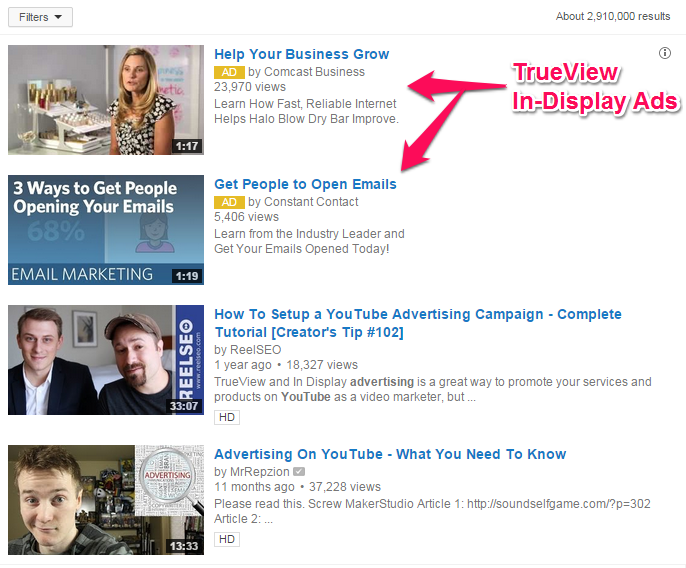
Unlike in-stream and out-stream ads, they don’t autoplay. Users make a choice to click them and find out what the ad is all about.
Programmatic Marketing and Advertising Will Improve
Programmatic video advertising platforms will continue to mature and evolve over time. As this evolution takes place, it’s important not to direct your frustration with programmatic video advertising as a whole, but rather the technology itself that drives these ad campaigns.
To defend yourself from technology problems it is important that you arm yourself with as much knowledge as possible.
Learn everything you can about an ad exchange before you invest in it, stay on the lookout for newer evolving buying methods, and consistently review KPI reports to determine whether your ad dollars are being spent the way they should be.
Your Thoughts on Programmatic Marketing?
Is your organization adapting to the latest video marketing trends? If you’d like to learn about how Vedia can help with your efforts reach out to us and we’ll work with you.


1 Comment
Pingback: The Future of Customer-Centric Marketing | Vedia A.I. Personalization Blog